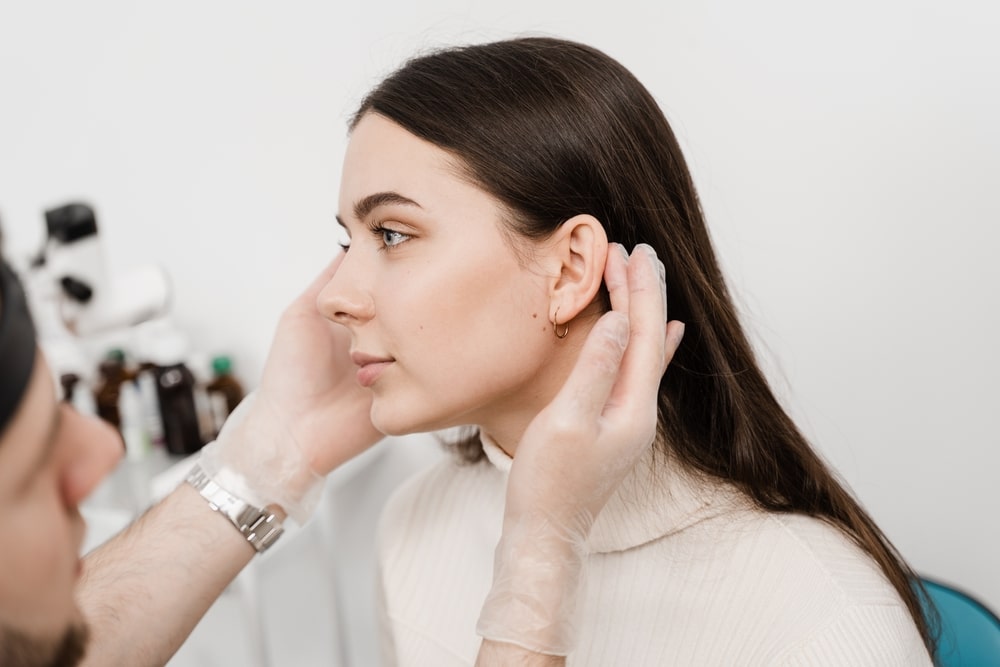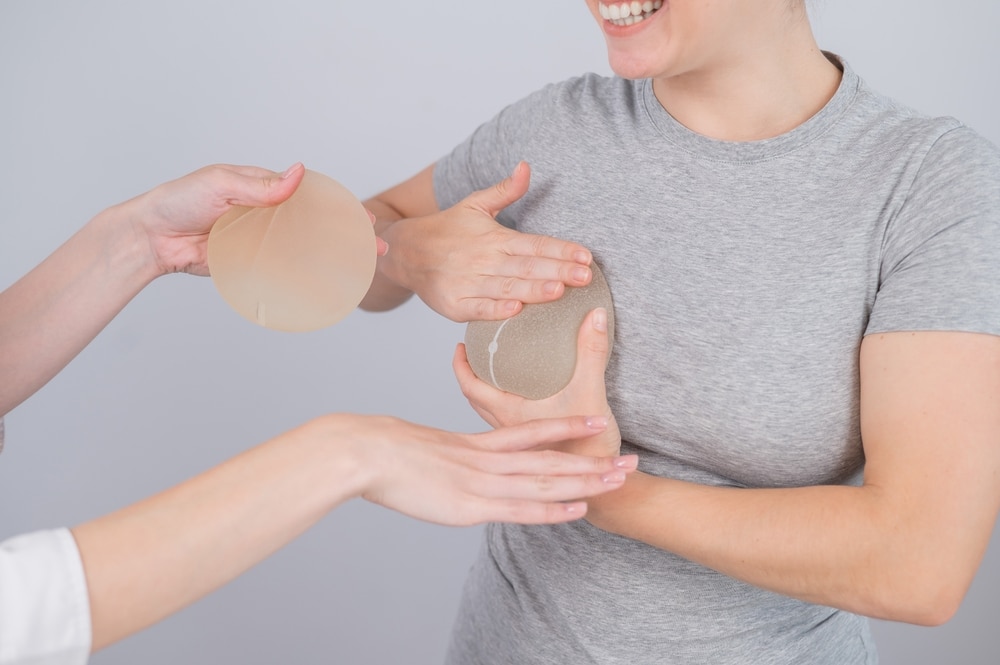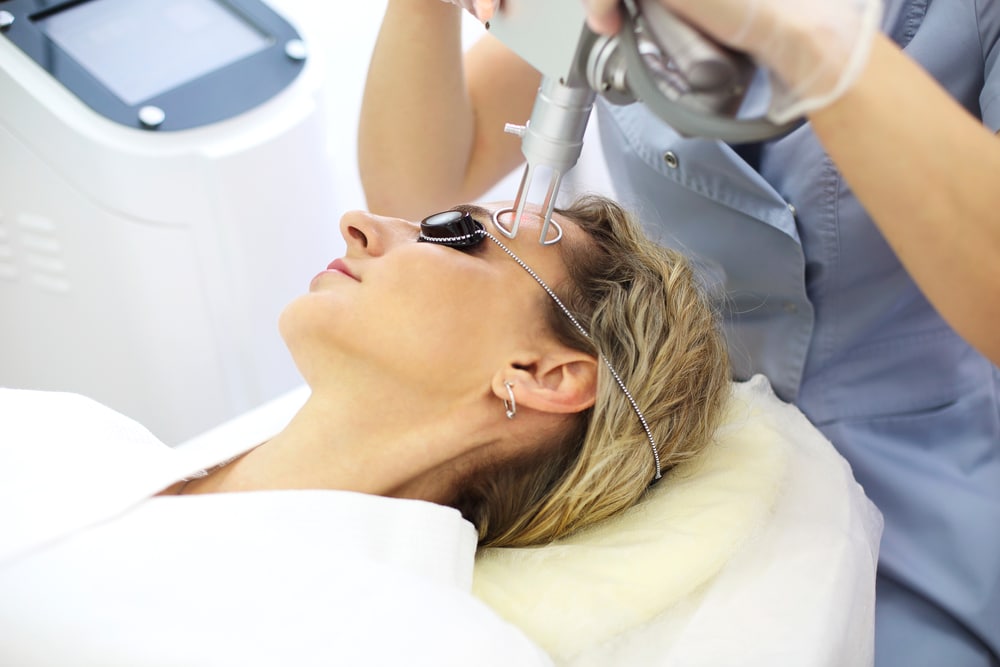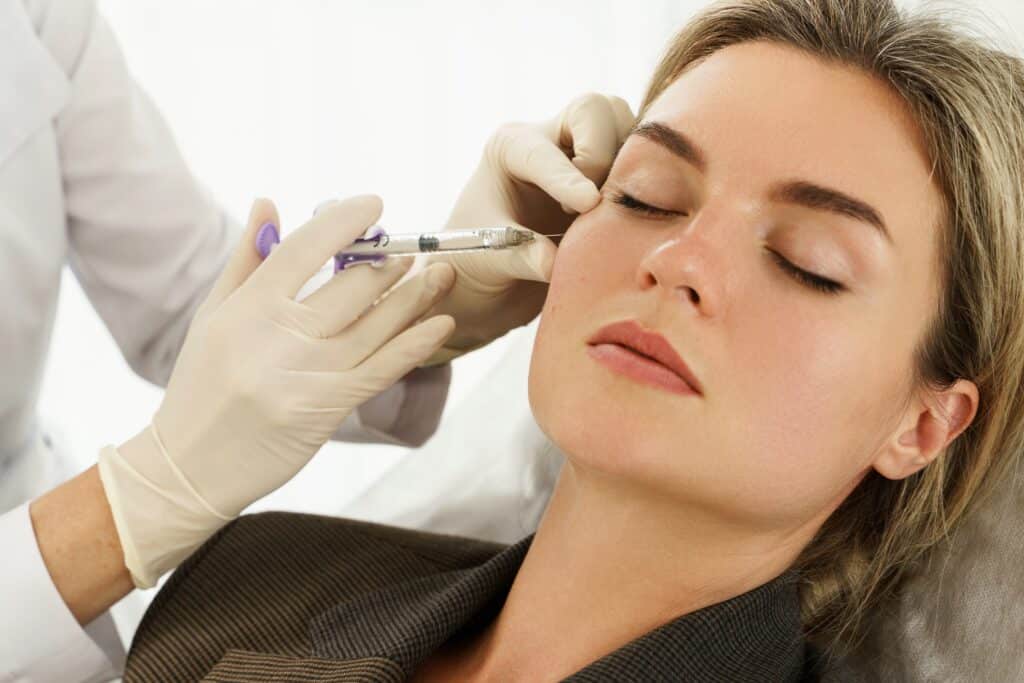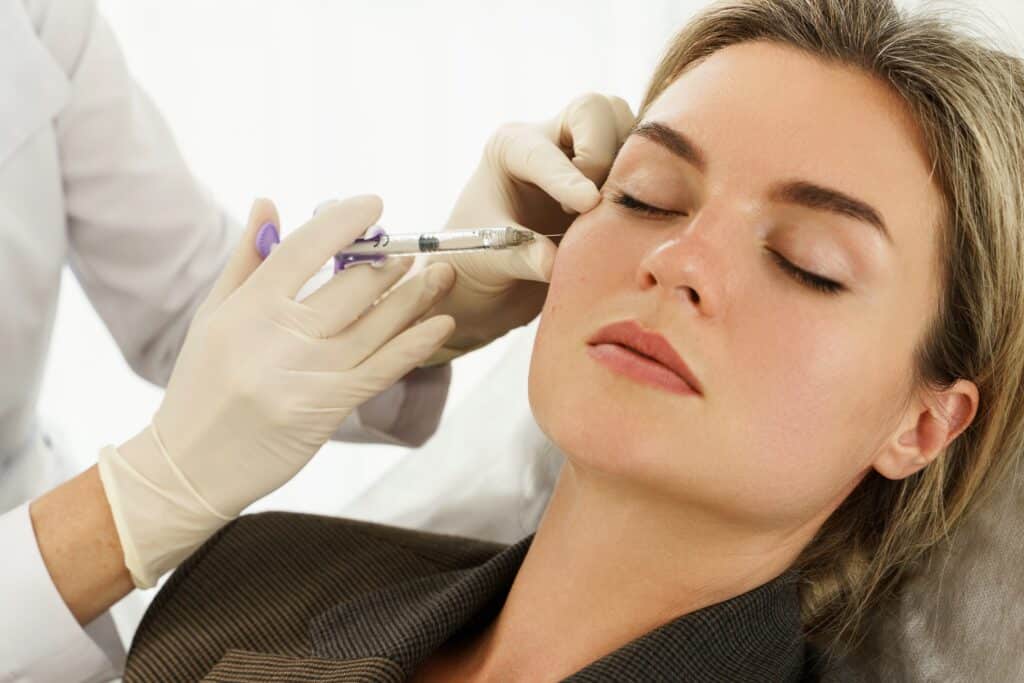Why Younger Patients Are Choosing Preventative Injectables
Preventative injectables are becoming a popular option for younger adults who want to preserve their youthful appearance before fine lines begin to form. These subtle treatments help relax facial muscles, keeping the skin looking smooth, refreshed, and naturally radiant. At Mitchell Plastic Surgery, Dr. Ryan Mitchell, a Board-Certified Facial Plastic Surgeon and Clinical Faculty Instructor at Touro University, […]
Why Younger Patients Are Choosing Preventative Injectables Read More »

